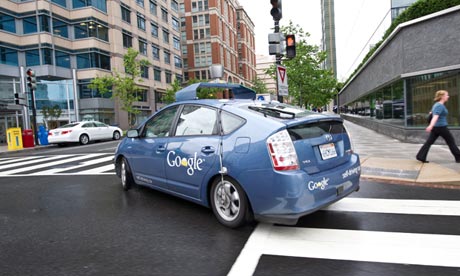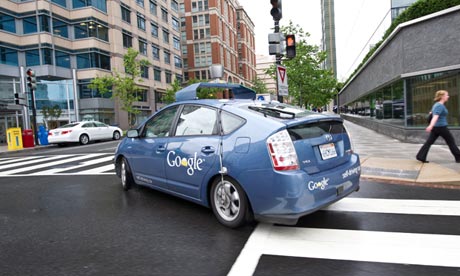
Modern Technological developments have enabled the realization of the long time aspired human desire for a car without driver. The car will be driven automatically using a computer. This car is expected to enter the market in coming decades. Currently, despite the high monetary cost of a car to its owner, the car accidents result in a very high cost to society in terms of human lives. One of the leading causes deaths in the age group 15-24 years in the world are car accidents. For example, in the USA 33,000 people die annually as a result of traffic crashes, killing almost as many people each year as suicides. Yet these road accidents are often caused by human error or irresponsible behaviour.
U.S. and European auto-safety regulators are eager to reap the safety benefits that may come from taking human error out of driving. In the United States, the practical experiences of Google as well as the legislations about the autonomous cars adopted by several states shows that this dream can soon become a reality. This transformation is helped by the many recent developments in this field , for example, adaptive speed control and automatic car parking systems.
The impact of the car without a driver can be quantified in various ways, the most prominent being probably dramatic reduction in the road side accidents. In addition to that, car without driver will be more environmental friendly as manufacturers can reduce the weight of the car related to the systems to save the driver in case of accidents. However, going from dream to reality involves solving many complicated technological challenges. The car will require fool proof software to manage its critical operating systems. The traffic controlling agencies in the various countries would need to create standards for electronics of a self-driving car and figure out how to test them. It is a massive massive challenge that how the government will come up with a performance standard that is objective and testable for so many different scenarios where failure could possibly occur.
However, the experts believe that in order for this dream to become reality, it is necessary that an inexpensive autonomous system must be designed that can be easily installed on cars. The reason is simple: the time for the renewal of entire fleet is long, about fifteen years.
